The Yeon (pronounced “yawn”) & Pelton rail line, located about three miles below the town of Rainier, Oregon, was a 42-inch gauge railroad known as “bastard gauge” by loggers. Most 42-inch logging railroads came in existence because the operators chose initially to purchase used motive power that had been used on the Portland, Oregon street railways. Most of these street railways were 42-inch gauge and used steam “dummies” for motive power. Initially the street railways used horses for motive power which couldn’t be used for suburban service, nor were they too practical for hilly routes. For this service, the operators turned to the tried-and-true steam locomotive. The locomotive was covered with a coach-style body, and the exhaust was heavily muffled. Still, the public accepted them with some reluctance. These “dummies” remained in service until the early 1900s when the lines were electrified. The old “dummies” were then sold for use on various northwest logging railroads. The Yeon & Pelton railroad was no exception, having acquired three of these type locomotives from a previous operator.
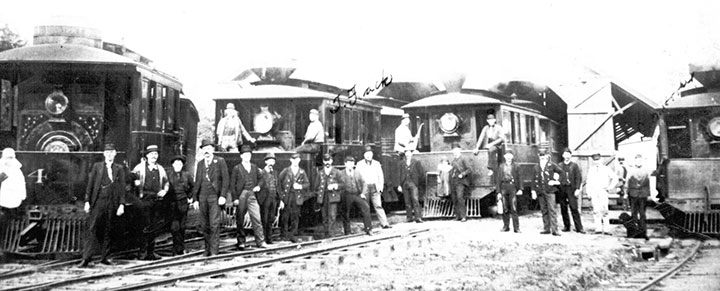
-Merv Johnson collection.
In January 1901, and earlier, John B. Yeon was logging on the Flokamin River near Cathlamet, Washington, using a splash dam. By March of that year, he sold his camp and timber to the Pelton-Armstrong Logging Company, including 30 million board feet of timber, for $40,000.00 This gave them control of one of the best logging streams on the Columbia River. The Columbia River and Oregon Timberman Magazine referred to J. B. Yeon as “the well-known retired logging capitalist of Cathlamet, Washington.”

-John Labbe collection.
By December 1901, J. B. Yeon purchased the interests of Star Logging Company of Rainier, Oregon, for $74,000.00 The property consisted of 5,160 acres of timber, 4.5 miles of 42-inch gauge railroad, three locomotives and four donkey engines. The Star Logging Company was started in 1897 to log heavily timbered sections in the rugged hills south and west of Rainier. Their timberlands were in what was known as the Rinearson Tract, a vast expanse of old growth forest in the Beaver Creek watershed.
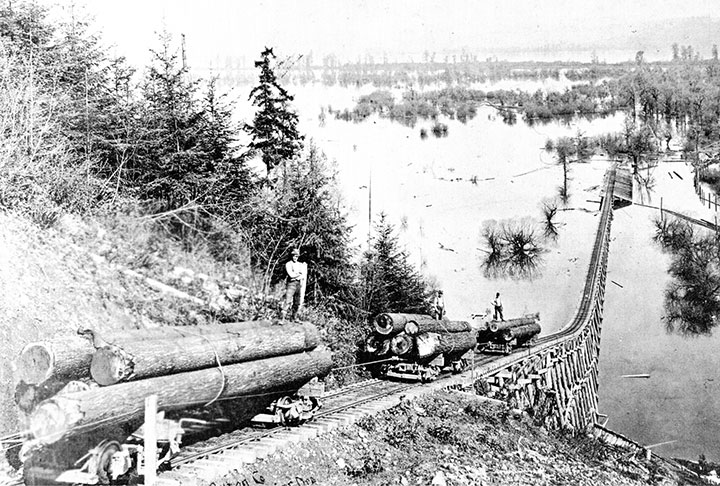
-Merv Johnson collection.
They built a log chute from top of the bluff to Rinearson Slough, 600 feet below. In June 1897, work was begun on a four-mile railroad from the head of the chute to their timber along Beaver Creek. For motive power, three steam “dummies” were purchased from a Portland street railway, the Willamette Bridge Company, which was in the process of electrification.
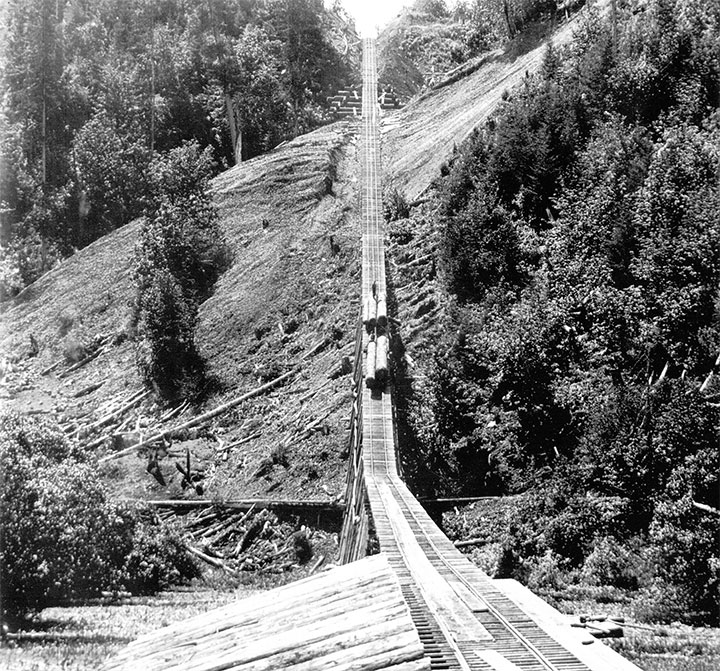
-John Labbe collection.
In January 1902, Yeon incorporated the Yeon and Pelton Company of Portland for $150,000.00. J. B. Yeon was listed as president; David C. Pelton as vice president and treasurer; and J. F. Boothe as secretary. By April 1902, they also bought timber and land in the Rainier area from three different individuals. Yeon had concluded that almost fifteen percent of the logs that Star Logging Company had sent down their chute were damaged beyond use for the manufacture of lumber. To eliminate this waste, Yeon devised a half mile railroad incline to run parallel to Star’s log chute. When it was completed in 1902 at a cost of $19,000,00 it was the first incline in the Columbia Basin, and beyond, and was considered a marvel. Lumbermen traveled from across the United States and Canada to see it in action. Most of the 2,400-foot distance traveled by the incline fell at a steady 33 percent. He put 23,648 logs in the river during the month of October. The logs averaged about 850 board feet, and he expected to handle 100,000 board feet daily the next year. The total output was rafted to the North Pacific Lumber Company’s big mill in Portland.
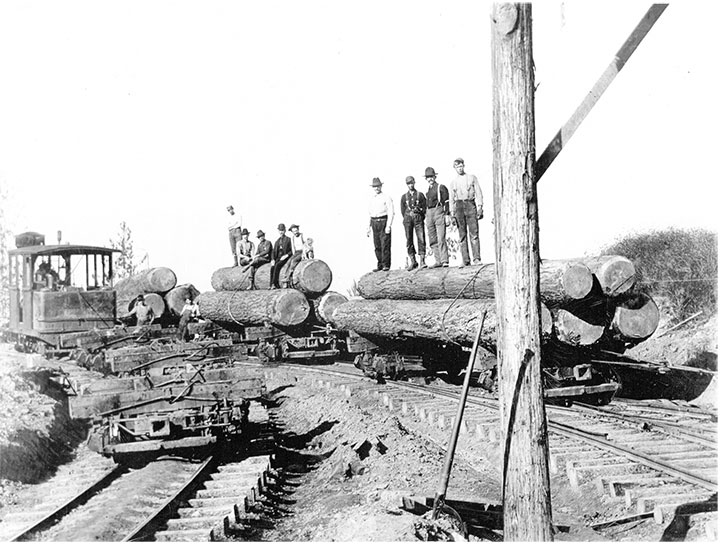
-John Labbe collection.
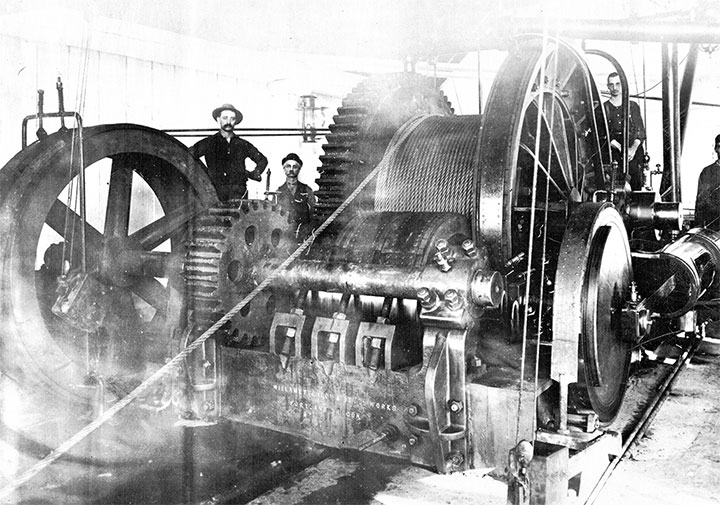
-John Labbe collection.
In early 1903, they installed a new lowering machine, built by the Willamette Iron and Steel Works of Portland. It was designed to lower three loaded cars down the incline at once, where the old machine could lower just two cars. The Willamette Iron and Steel ad in the February 1903 edition of the Columbia River and Oregon Timberman Magazine claimed the new machine as the “Largest Logging Engine on Earth.” The total elapsed time for the three loads to make the round trip, including the dumping of the logs, was just twenty minutes.
As logging progressed, the narrow-gauge railroad was extended an additional six miles up the Beaver Creek Valley. In December 1903, the company purchased their only new locomotive, a 45-ton Climax.
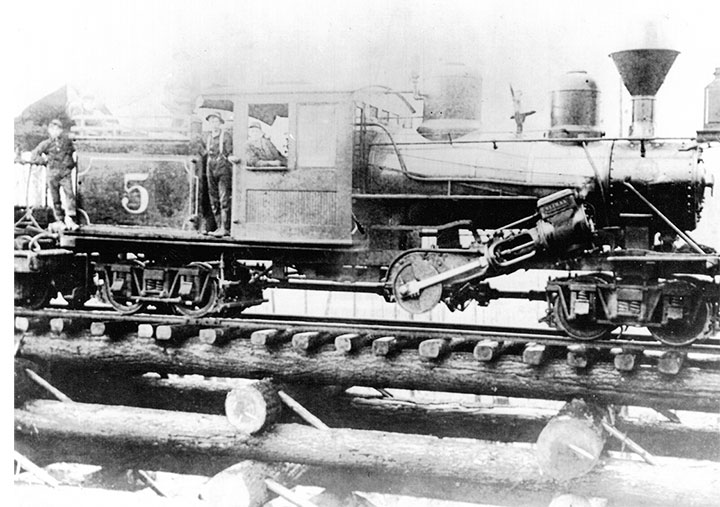
-John Labbe collection.
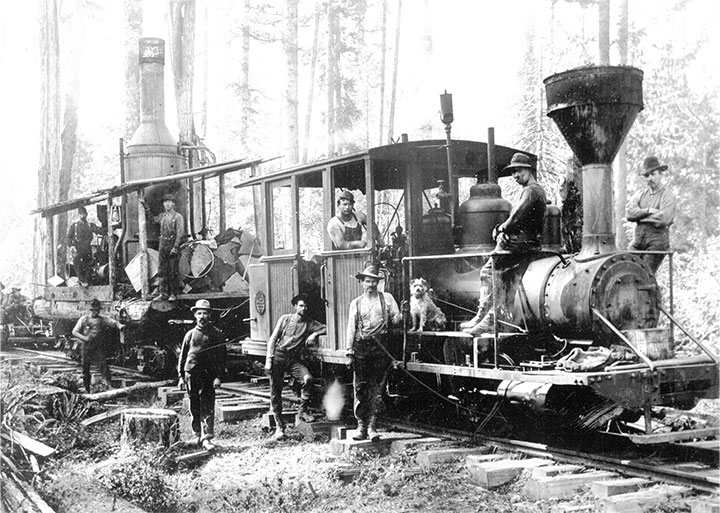
-John Labbe collection.
On September 26, 1904, the company put out 137 logs containing 142,000 board feet with a Willamette Crackajack donkey which was thought to be a record.
In December 1905, John Yeon sold the company’s logging camp and 125 million board feet of timber to the Portland Lumber Company. The deal was about $225,000.00. Equipment consisted of ten miles of railroad, four locomotives, six donkey engines, twenty-one sets of logging trucks and two lowering machines. They put in 45 million board feet of logs during 1905. During the past four years, 150 thousand board feet of logs were successfully sent down the incline. Mr. Yeon owned three fourths of the stock and was the active manager. This was the third time he sold out and planned to retire. During the next year, he devoted his attention to the construction of a new building in Portland. Known as the “Yeon Building” this structure still exists in downtown Portland. He then speculated in Portland real-estate.
John Yeon had come to Oregon in 1885 at age twenty with nothing more than $2.50 and the clothes on his back. He turned his small fortune into millions and when he passed away in 1928 was one of Portland’s wealthiest men.
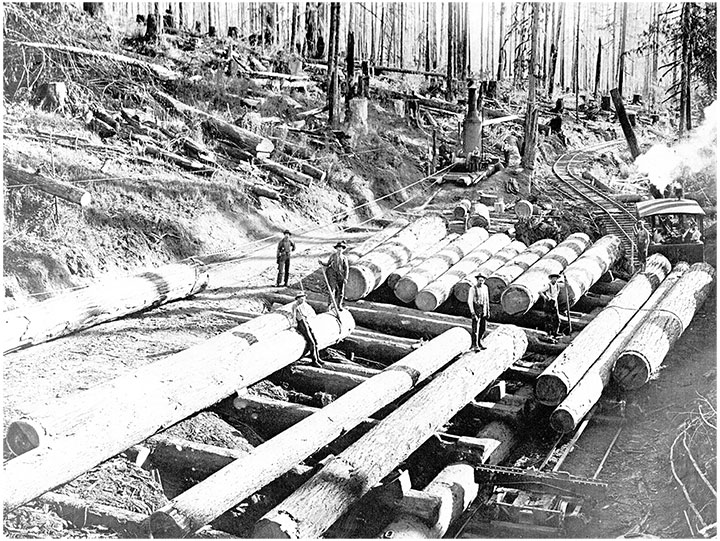
-Merv Johnson collection.
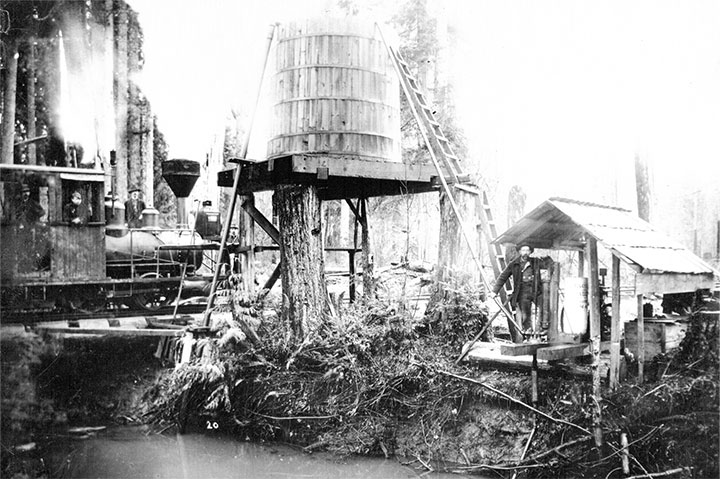
- John Labbe collection.
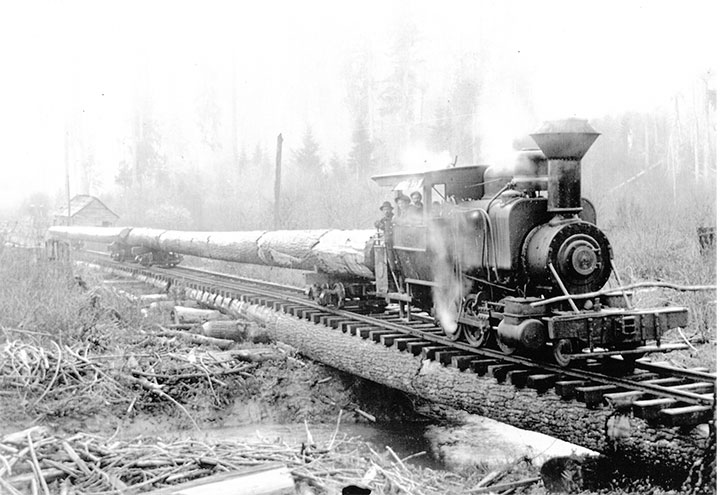
-John Labbe collection.